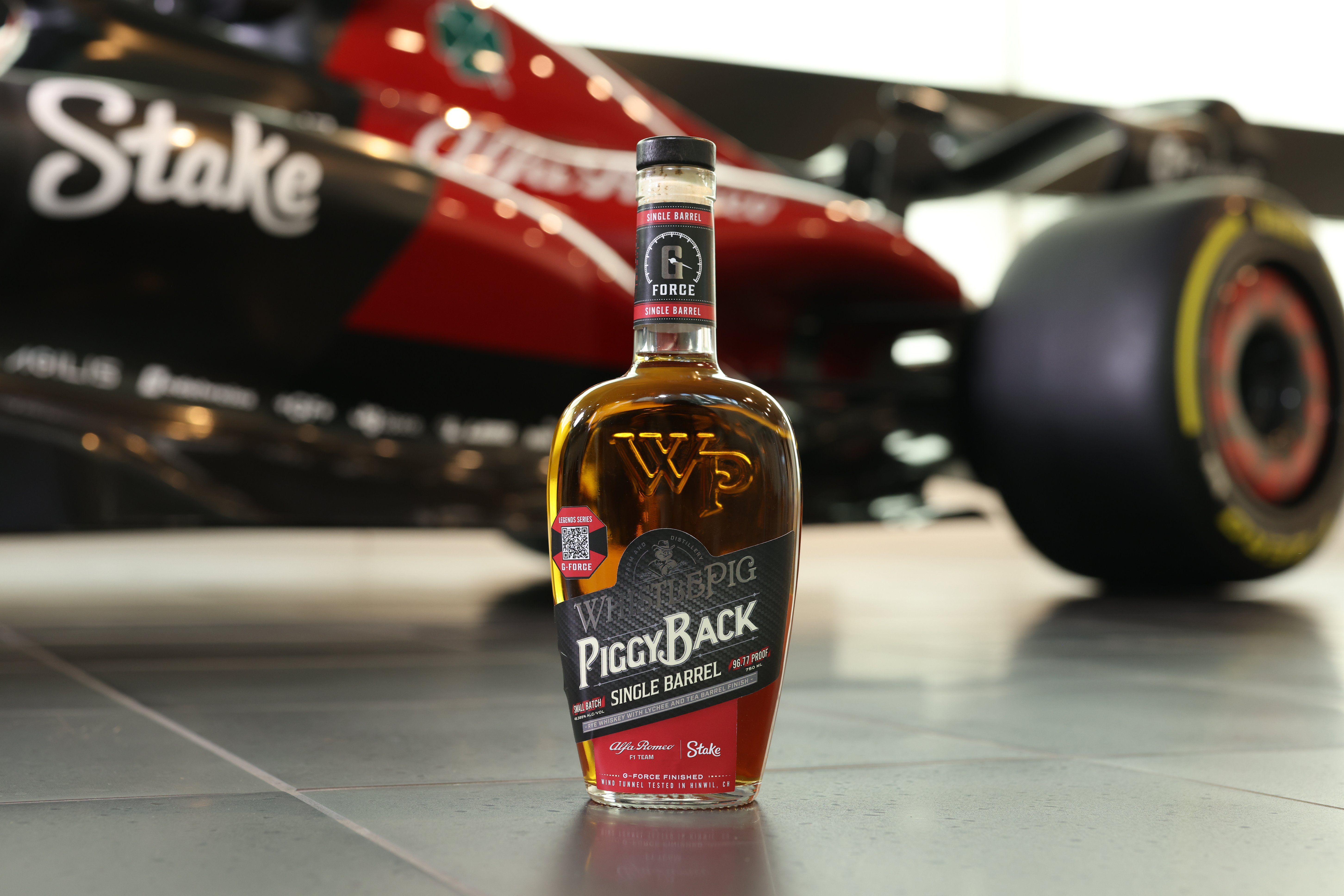In our last installment, we took a look at the serious health hazards that everyday household cleaning products can cause. There is, however, something even more sinister afoot, and that is the personal care products you utilize every day. Personal care products are rubbed, poured, sprayed, massaged on to and absorbed by the largest organ in your body; your skin. Add that to the toxins in lipstick, toothpaste and mouthwash that are directly ingested, and unfortunately, we’re applying some heavy chemicals directly into our systems. Not to fear, for there are excellent alternatives.
For further research“Making Kind Choices,”
by Ingrid Newkirk, “The
Nontoxic Home &
Office” by Debra Lynn
Dadd,
www.navs.org
www.stopanimaltests.com.
Unlike household cleaning products, the Federal Drug Administration (FDA) requires manufacturers to list the ingredients on personal care products. Unfortunately, the FDA is more preoccupied with approving drugs for market than they are with the dangerous chemicals giant manufacturers gladly have you lather on your body all while they rake in huge profits. Just pick up your deodorant, shampoo, toothpaste or cosmetic, read the label and be alarmed. Here is just a small sampling of some personal care products that are toxic.
Mouthwash – Can contain phenol, cresol and ethanol, the same germ killers used in bathroom cleaners, though in smaller concentrations. You’ll also find formaldehyde, ammonia, artificial colors and can be sweetened with saccharine, a known carcinogenic. This neon cocktail may make your mouth tingle but it’s doing more harm than good. Instead, floss regularly and try some Tom’s of Maine mouthwash.
Toothpaste – Another ingestible item, toothpaste is gussied up with ammonia, ethanol, artificial colors and flavors, formaldehyde, mineral oil, sugar, polyvinylpyrrodlidone (PVP – a carcinogenic plastic resin used in hair spray) and yet again, saccharine. There is a strong body of evidence that fluoride is toxic, though we’ve certainly been programmed to believe it isn’t. I will discuss this issue in Part III. In the meantime, dump the Crest and check out toothpastes by Jason, Kiss My Face and Tom’s of Maine.
Shampoo – Manufacturers can practically put any chemical they want in shampoo that we then rub it in to our scalp while whistling Dixie in the shower. A main ingredient, sodium lauryl sulfate (SLS), is used in degreasers and heavy cleaners since it is the stuff that makes the foam. It remains controversial whether SLS is toxic, but chose a safer alternative instead. Read the label of your “Herbal Essences” shampoo as well. There is nothing herbal or essence about it, but rather, a chemical infused lab gel that was never meant for this planet. You’ll find a huge selection of natural shampoos, conditioners, hairsprays and gels at the health food store or online.
Deodorant – Of all the personal care products, this one really gets me the most. We apply deodorant directly on to our armpits, where beneath the skin, our lymph nodes sit. The lymph system is a major component in your body’s immune system and the nodes remove foreign materials, produce immune cells and filter lymph fluid. As if our lymph systems weren’t already stressed enough from the environment, our armpits receive a daily application of aluminum chlorohydrate (aluminum build up in the body has been linked to Alzheimers), fragrance, and trilosan, which can cause liver damage, along with a whole host of other scary ingredients unsafe for this sensitive area. Consider as well, that deodorant is applied in very close proximity to the breast. Crystal sticks and Tom’s of Maine deodorants are wonderful alternatives though you may have to test a few brands to find the one that suits you best.
Talc – Found in body and cosmetic powders, feminine hygiene sprays, eyes shadow and blush. These items can be contaminated with asbestos, of which there are NO safe levels.
Check out Zia, Ecco Bella and Arbonne for a complete line of non-toxic cosmetics.
Lipstick & Mascara – Of all cosmetics, lipstick is the most toxic followed by mascara. You’ll find PVP, Saccharin, mineral oil, artificial colors, formaldehyde and alcohol, suspected carcinogens. Again, natural alternatives are available so check it out.
Scented stuff – Stay away from perfumed soaps, bubble baths, astringents, and if you can, aftershave and fragrances.
The masses are exploited and manipulated by the personal care products and cosmetic industries with seductive advertising and promises of vanity. Health Ranger, Mike Adams, says, “As human beings, we’re the only species stupid enough to actually poison ourselves.” He’s right. We’ve simply reached the point where we must be informed and critical consumers.
If you can’t toss toxic personal care products for yourself, consider doing it for the millions upon millions of animals who suffer at the hands of industries who test on them though no law requires they do so and who produce flawed data due to poor science. If you need to view undercover video or graphic pictures of animal testing just to get a taste of this horror, there are many places on the web where you can see exactly what you pay for when buying products that are not labeled “cruelty-free” or “not tested on animals”.
By taking control and reading labels and by saying “no” to toxic products, we say “yes” to ourselves, our planet and her creatures.
In our next and final installment, we’ll branch slightly in to the food arena and take a look at just three hugely popular products the public has been misled to believe are safe but are not: aspartame (NutraSweet/Equal), fluoride and milk. You won’t believe the corporate and political corruption behind these doosies.
